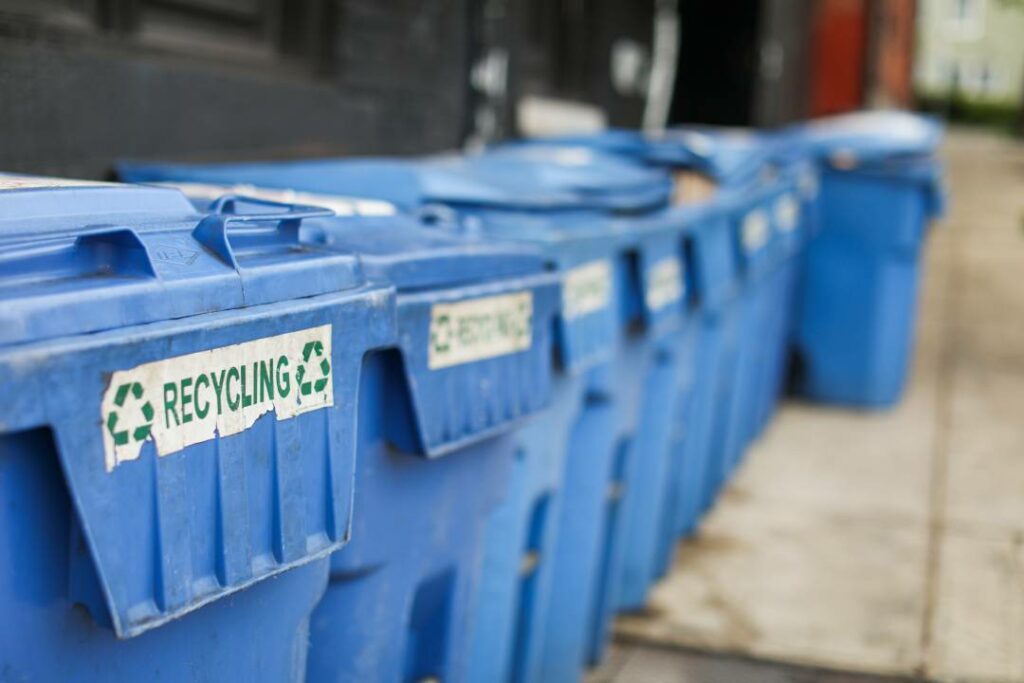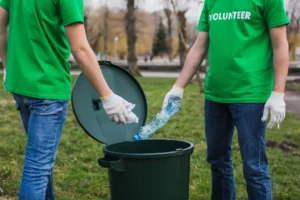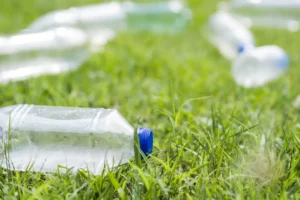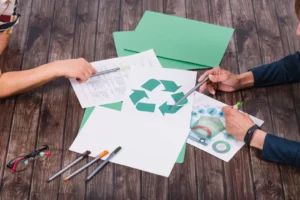Recycling is often hailed as one of the key practices for reducing waste and conserving resources, making it an essential component of environmental stewardship. However, despite its importance, there are several common misconceptions about recycling that persist in society. In this article, we will address some of these misunderstandings and shed light on the realities of recycling.
1: All Recyclables are Treated Equally: One common misconception is that all recyclable materials are treated the same way, regardless of their type. In reality, recycling processes vary depending on the material. For instance, paper and cardboard are typically easier to recycle than certain types of plastic, and the recycling infrastructure for electronics is distinct from that of glass. Understanding the distinctions between materials can help individuals make more informed recycling choices.
2: Everything with the Recycling Symbol Can Be Recycled: The presence of a recycling symbol (the familiar chasing arrows) on an item does not necessarily mean it can be recycled through curbside programs or local recycling facilities. The recycling symbol indicates the type of plastic used in the item, not its recyclability. It’s important to check with your local recycling program to determine which materials they accept and how they should be prepared for recycling.
3: Recycling is Always Environmentally Friendly: While recycling is generally more environmentally friendly than sending materials to landfills or incinerators, it is not a completely eco-neutral process. Recycling consumes energy and resources, and the environmental impact can vary depending on factors such as transportation and processing methods. Reducing and reusing items should still be prioritized to minimize the need for recycling.
4: Contamination Doesn’t Matter: Contamination occurs when non-recyclable items are mixed with recyclables. Many people believe that a small amount of contamination doesn’t matter, but it can have significant consequences. Contaminated materials can render entire batches of recyclables unprocessable, leading to increased costs and environmental impacts. Proper sorting and cleaning of recyclables are crucial.
5: Recycling Solves the Waste Problem: Recycling plays a vital role in waste reduction, but it is not a standalone solution to the waste problem. It’s essential to also focus on reducing the generation of waste in the first place (reduction) and reusing items when possible. Recycling should be viewed as one part of a broader strategy for sustainable waste management.
6: Recycling is the Same Everywhere: Recycling practices and capabilities vary widely from one region or country to another. What can be recycled in one place may not be recyclable elsewhere. It’s essential to stay informed about local recycling guidelines and to adapt your recycling habits based on your location.
7: It’s Not Worth Recycling Small Quantities: Some individuals believe that recycling small quantities of materials is not worthwhile. In reality, every effort counts. Recycling even small amounts of paper, glass, plastic, or metal can collectively make a significant impact in reducing waste and conserving resources.
Recycling is a practice that holds great promise in reducing waste and conserving resources, but it’s important to dispel common myths to make it even more effective. Firstly, not all recyclable materials are treated the same, as recycling processes vary by material type. Understanding these distinctions can guide better recycling choices. Secondly, the presence of a recycling symbol doesn’t guarantee an item’s recyclability, emphasizing the need to consult local recycling programs. Thirdly, while recycling is more environmentally friendly than landfilling or incineration, it’s not entirely eco-neutral due to energy and resource consumption. Reducing and reusing should still be prioritized.
Additionally, small amounts of contamination can have significant consequences, highlighting the importance of proper sorting and cleaning. Recycling is essential but should be part of a broader strategy that includes waste reduction and reuse. Lastly, recycling practices vary by location, making it crucial to stay informed about local guidelines and adapt recycling habits accordingly. Even recycling small quantities can collectively make a significant impact on waste reduction and resource conservation.
Conclusion
In conclusion, while recycling is a valuable practice for reducing waste and preserving resources, it is important to be aware of and dispel common misconceptions. Understanding the nuances of recycling can help individuals make more informed choices and contribute to more effective recycling efforts within their communities. Recycling should be part of a broader strategy that includes reduction, reuse, and responsible disposal to address the complex challenges of waste management and environmental conservation.







